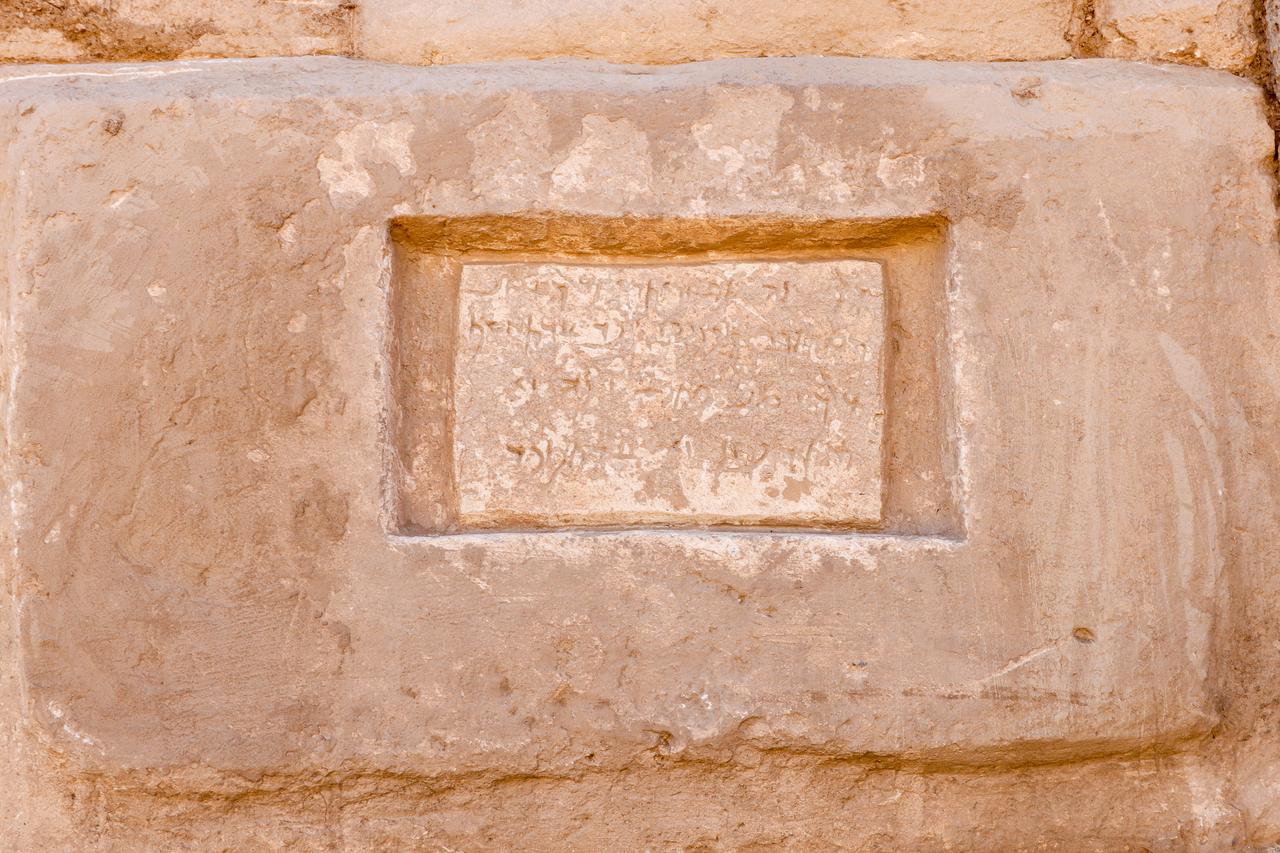
Archaeologists working at Zernaki Hill in Ercis, Van province, have identified six Aramaic—an ancient Semitic language widely used in the Near East—inscriptions on the fortification line of a large, grid-planned ancient city covering about 270 hectares.
The team also brought to light an oval-shaped bastion previously noted and drainage channels built into the city walls.
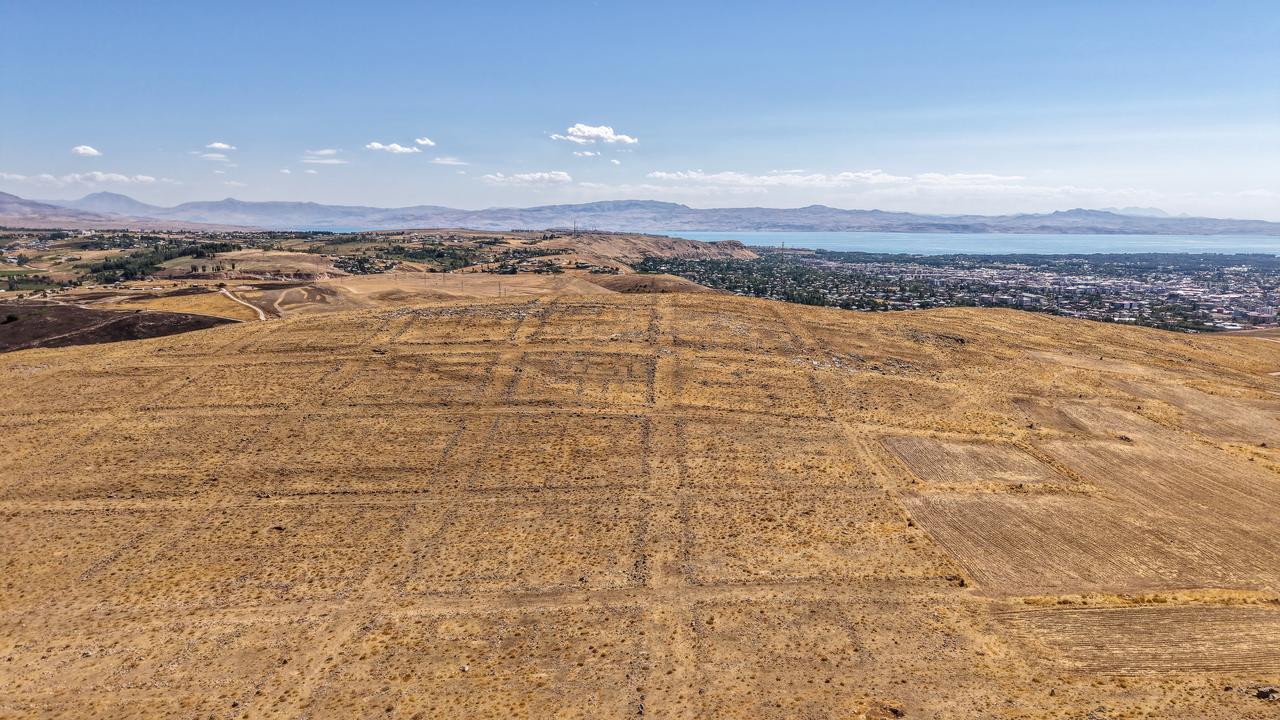
Excavations authorized by the Ministry of Culture and Tourism continue across a historic zone measuring roughly 2.5 kilometers by 1.5 kilometers in Yukari Isikli. Led by Van Museum Directorate with academic consultation from Professor Rafet Cavusoglu, dean of the faculty of letters and head of archaeology at Yuzuncu Yil University, specialists have concentrated on the northeast and northwest sectors of the fortifications to trace their full extent.
This year’s work added six inscriptions—four set directly on the walls—to earlier finds. Local officials stated that, together with past seasons, 14 Aramaic inscriptions have now been documented.
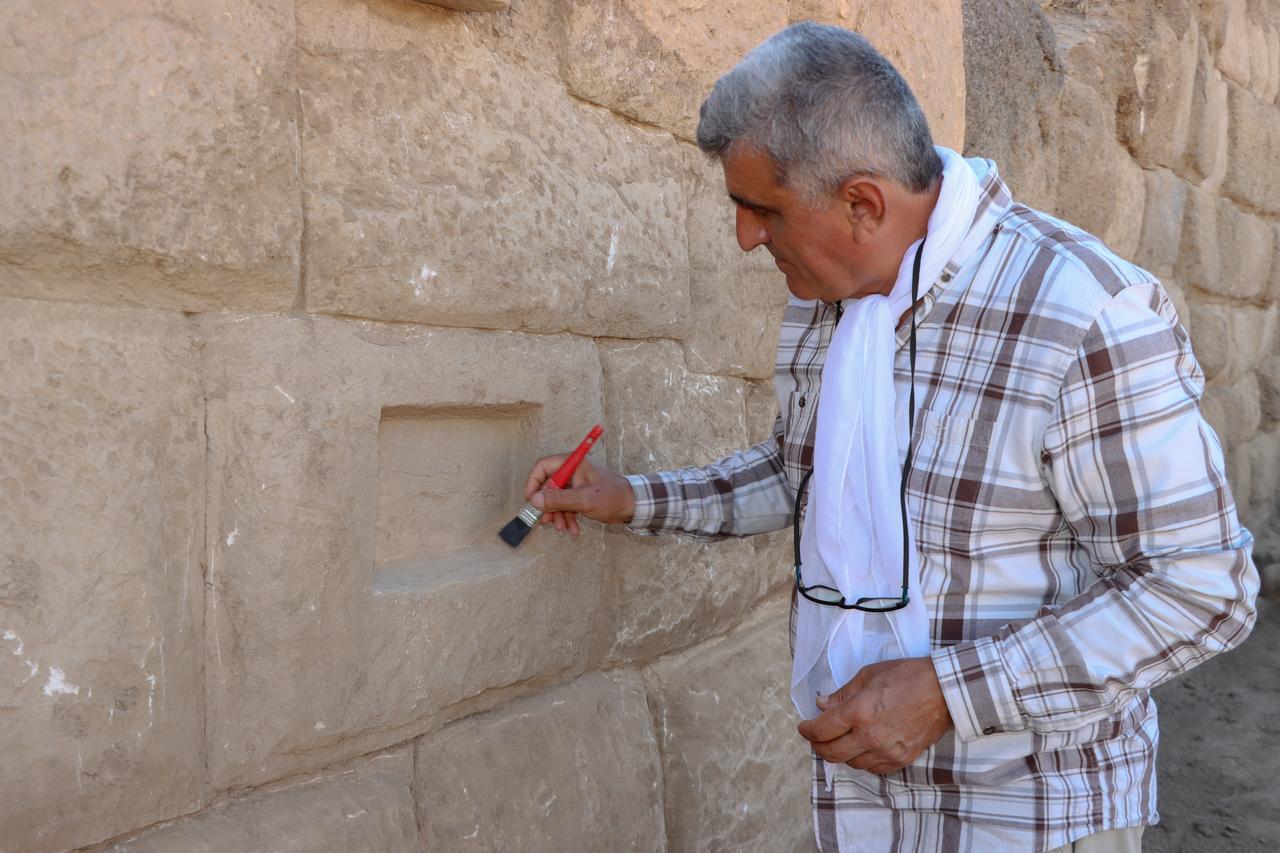
According to the team, three of the newly exposed slabs were intentionally scraped in antiquity, leaving the writing erased. Researchers interpret this as evidence of rivalry or replacement between successive powers, with later occupants attempting to blot out the memory of earlier ones.
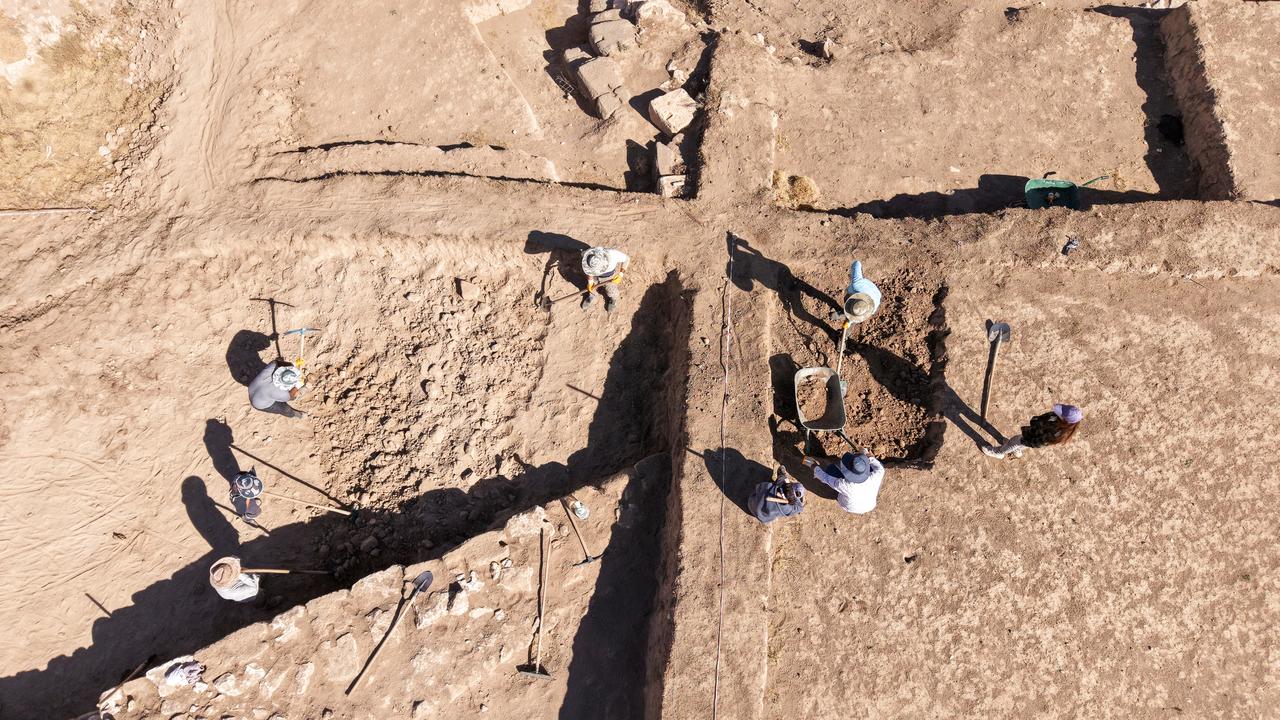
Archaeologists also uncovered a run of built channels in the wall face.
As Professor Cavusoglu put it, “On the wall surface, together with the inscriptions, we encountered a waste-water system. It was made to discharge water accumulating inside. This is very important for showing a planned city’s drainage system and how efficiently water was carried out beyond the walls.”
The city’s “grid plan” refers to an orthogonal street network typical of deliberately engineered urban centers rather than organically grown settlements.
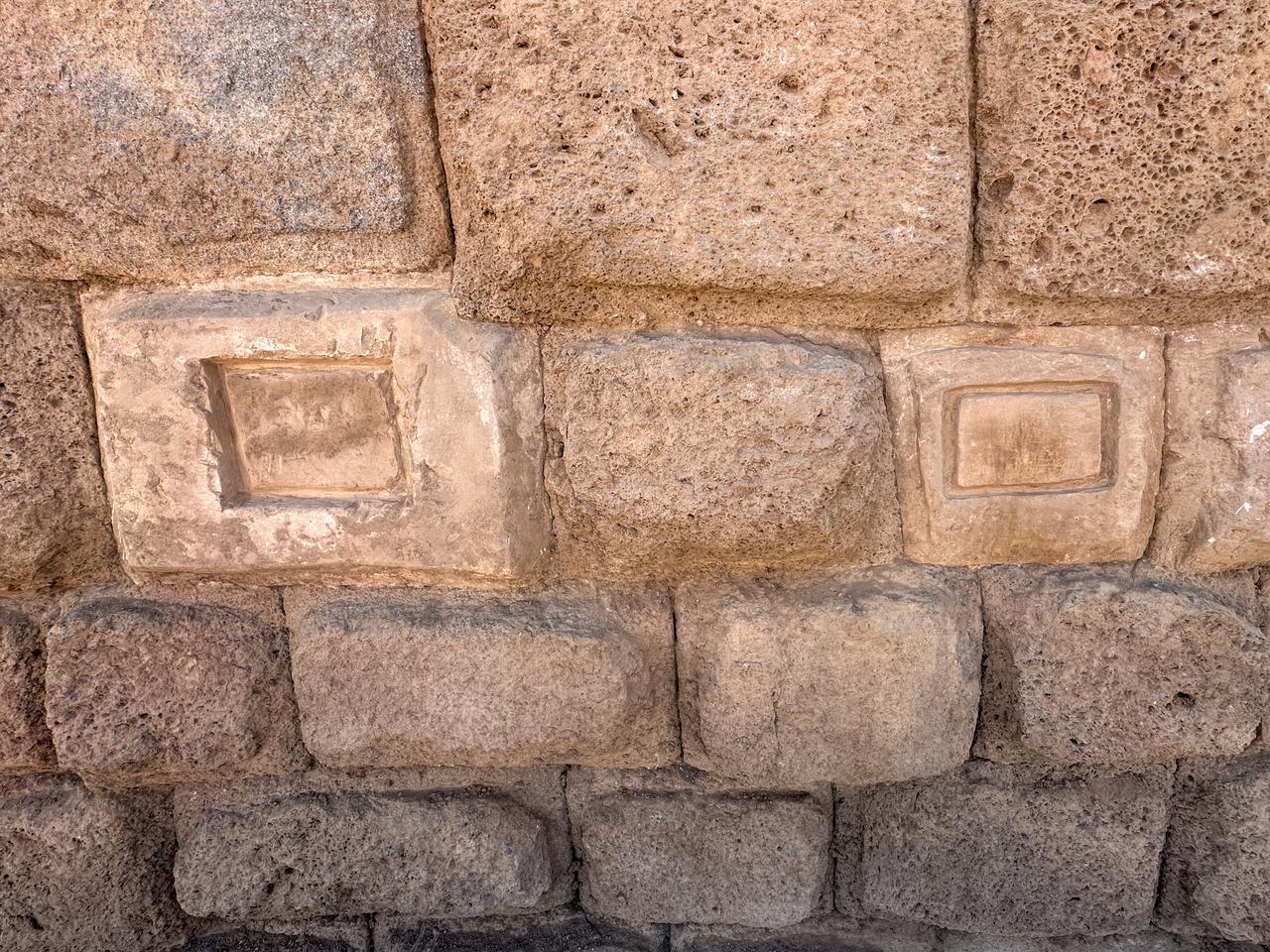
The walls combine locally quarried limestone—the bedrock of Zernaki Hill—with basalt transported from about 4 kilometers away. The stone section stands near 3 meters high, topped in at least one point by eight courses of sun-dried mudbrick totaling about 1.2 meters. The curtain wall measures roughly 4.25 meters thick and is faced with stone on both the inner and outer sides, indicating significant investment in defense.
Ercis District Governor Murat Karaloglu underlined the site’s distinctiveness within Eastern Anatolia as a grid-planned ancient city and noted that water channels were documented alongside the inscriptions. He added that the gate area now under study is thought to mark the city entrance, remarking, “We observe that the fortifications are very wide and imposing.”
Officials expect the ongoing work—supported since 2021 by the governorate and district administration—will feed into cultural tourism in Van, contribute to Türkiye’s historical scholarship, and help set the ancient city back into its wider regional narrative.